Exact Replica Watches
The Past And Present Life Of The Speed-regulating Mechanism, Watch Replica
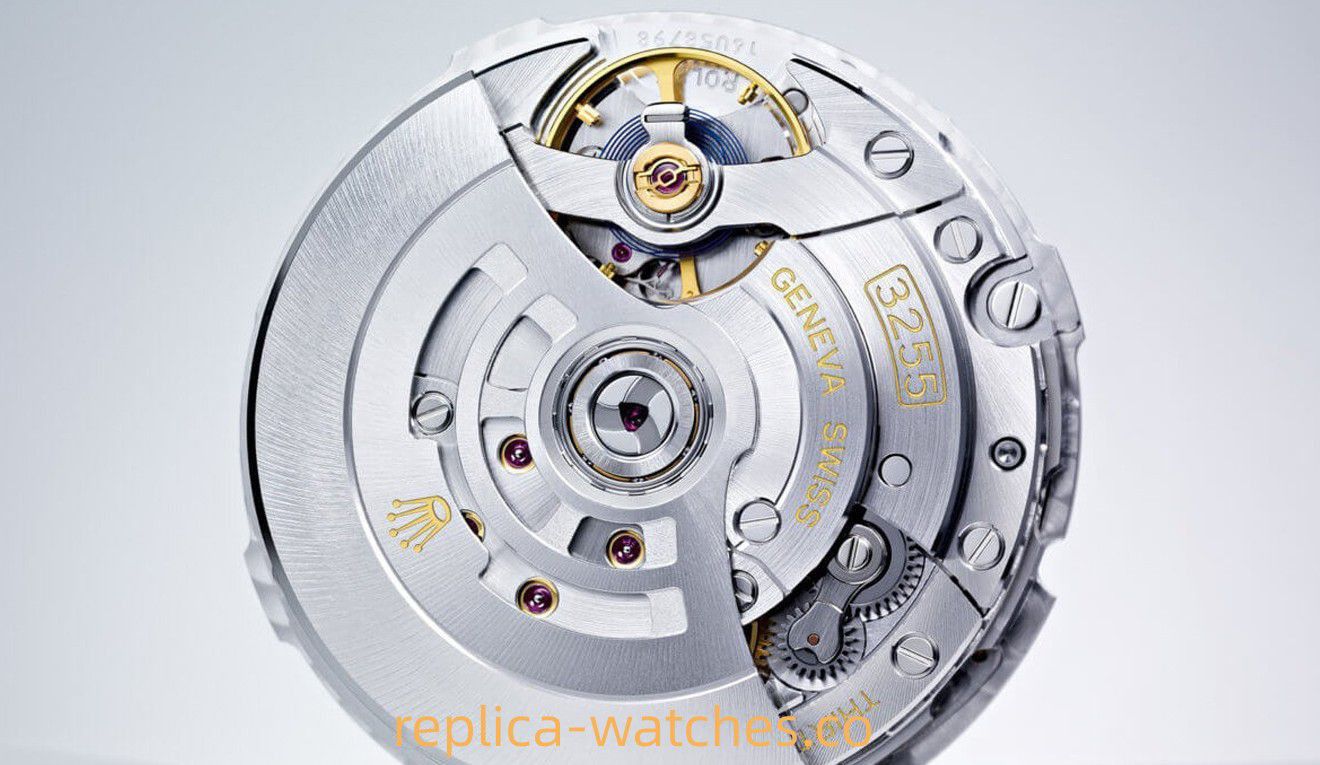
Rolex Caliber 3255 movement
Entering the third millennium, watchmakers no longer had to start from scratch. They had a choice as to which new direction to take the lever escapement. Patek Philippe established the Advanced Research department and began to develop a new speed-regulating mechanism based on silicon components. In 2005, the Advanced Research Department launched its first major innovation, the lubrication-free Silinvar escapement wheel. The following year, the Spiromax hairspring came out. Then, there was the Pulsomax escapement in 2008. Finally, in 2011, the GyromaxSi? The balance wheel became the last piece of the puzzle.
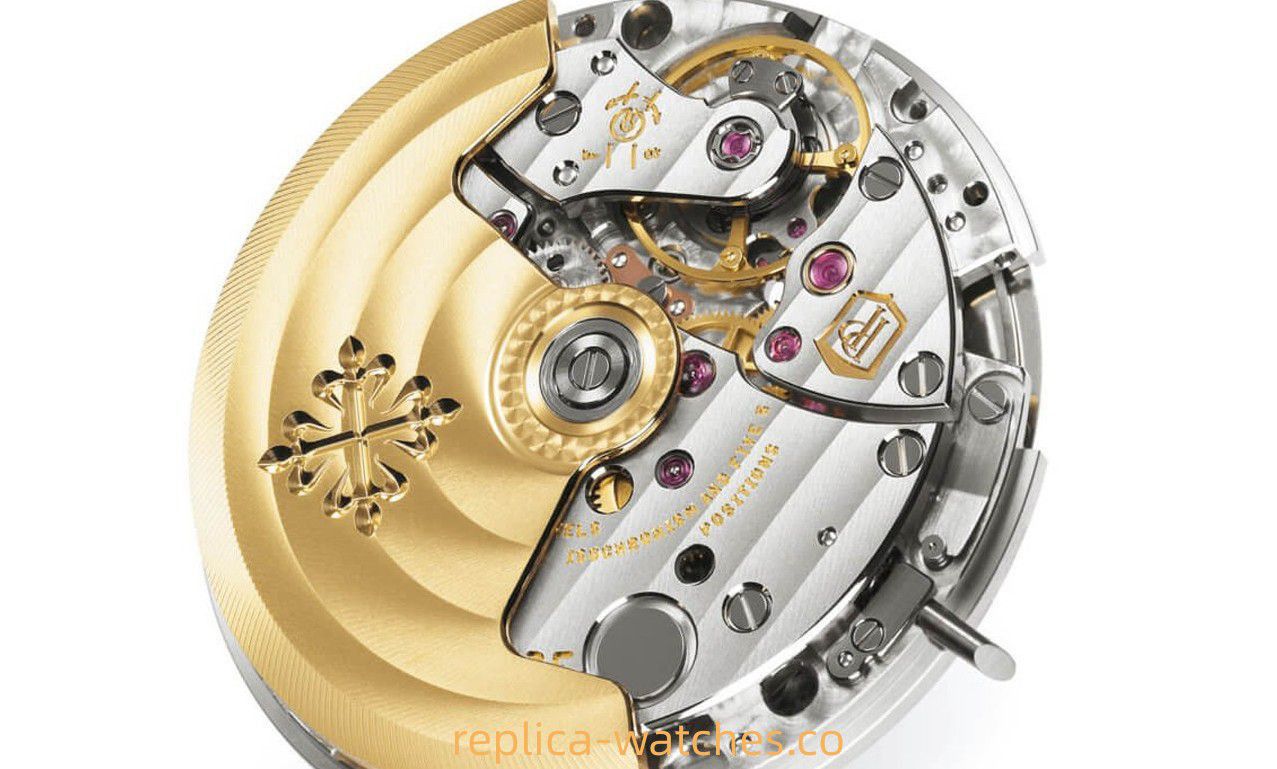
The Caliber 324 SC movement in the Patek Philippe Calatrava Ref.5227 watch has a Spiromax silicon hairspring.
Patek Philippe’s innovation significantly improved the accuracy of the rate without making any structural changes to the movement. The Patek Philippe Pulsomax escapement optimizes the geometry of the pallet fork and escapement wheel through the application of silicon. It is still a classic freestyle escapement, but the raw materials used to make the parts have changed. The silicon revolution should be led by brands that adhere to tradition, proving that anything is possible. This research is a joint project between Rolex, the Swatch Group (through Breguet), and the Swiss Research Center for Electronics and Microelectronics (CSEM). Watch replica.
Truly new concept
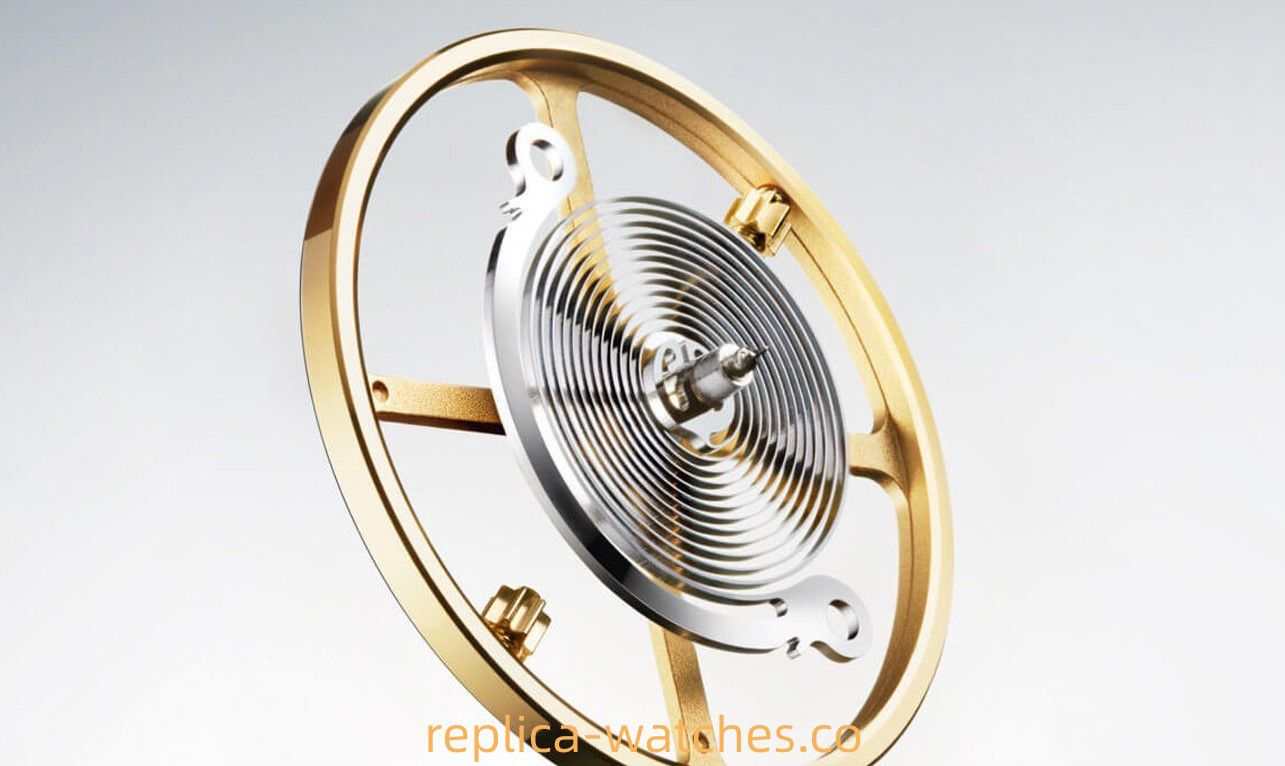
Rolex Syloxi hairspring
Since then, silicon has steadily expanded throughout the watchmaking industry, initially for hairsprings and escapement wheels/forks. Since 2014, even Rolex has equipped women’s watches with Sylox hairsprings (along with another patented alloy, Parachrom hairsprings). However, none of these systems using silicon as an alternative material changes the fundamental nature of the escapement. Speaking of genuinely new structures, the first thing that comes to mind is the constant-force escapement, developed by Girard-Perregaux from a concept by Nicolas Dehon (who patented it in 1998 while working for Rolex). The characteristic of this mechanism is to use the elasticity and regular deformation of extremely thin silicon flexible discs to adjust the two escape wheels, the lever connected to the silicon flexible discs and the traditional hairspring balance wheel. This kind of mechanism is challenging to control, and if it is to be put into industrial production, it still needs to be simplified and finalized. Franck muller replica.
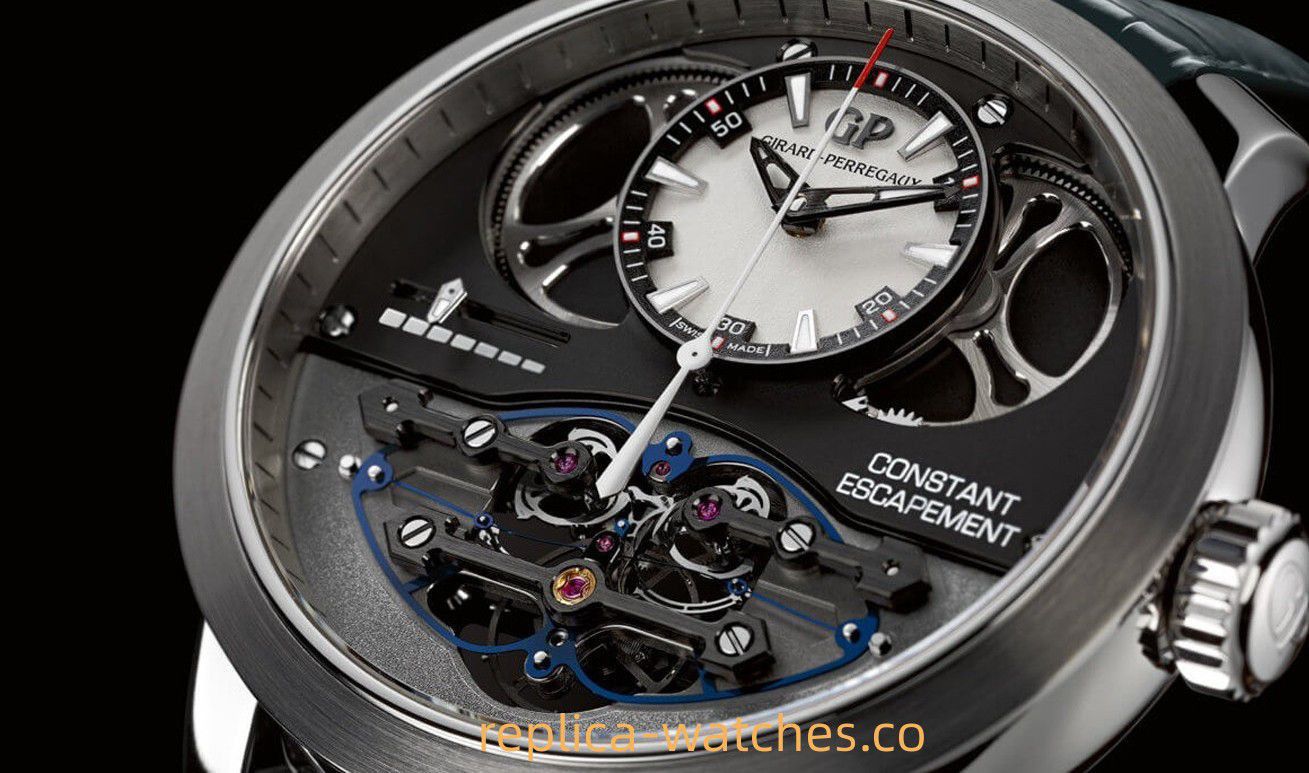
GP Girard-Perregaux Constant Force Escapement Watch
Other brands have introduced silicon-based solutions. In 2016, Parmigiani Fleurier released the Senfine concept movement, which contains a new escapement mechanism that can significantly reduce energy consumption and increase power storage from days or weeks to months. The specific method is to abandon the mechanical coupling energy consumption factor in the traditional speed regulating mechanism and replace it with a zero-friction flexible joint system. The invention is credited to a Genevan engineer named Pierre Genequand, who began working on the idea after retiring from the Swiss Center for Electronics and Microtechnology (CSEM) in 2004. This unconventional, zero-friction escapement is still under development, and silicon makes it possible.
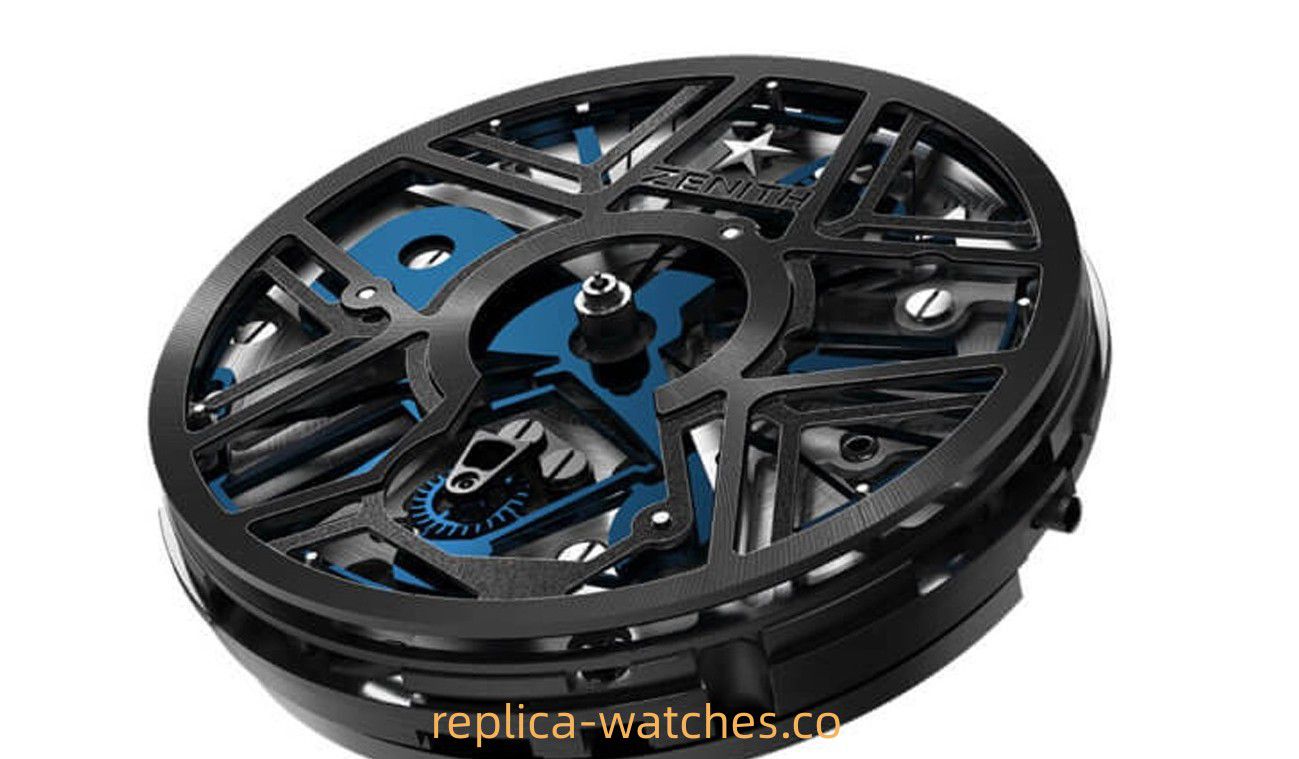
Zenith Defy Lab movement
In September 2017, Zenith used the Defy Lab watch to demonstrate the brand’s vision for the future. Defy Lab replaces the sprung balance with a new monolithic oscillator made of monocrystalline silicon. The standard adjustment mechanism, which consists of approximately 30 components, is replaced by a one-piece single element only 0.5 mm thick. The design of the wheel train also draws inspiration from the TAG Heuer Mikrogirder watch (the same person designed both mechanisms). Except for the monocrystalline silicon escapement that does not require lubrication, other parts of the movement adopt a classic configuration, and its vibration frequency is as high as 108,000 times per hour (15 Hz). The high vibration frequency and silicon material mean that the movement is not affected by acceleration, gravity, or magnetic fields.
High vibration frequency
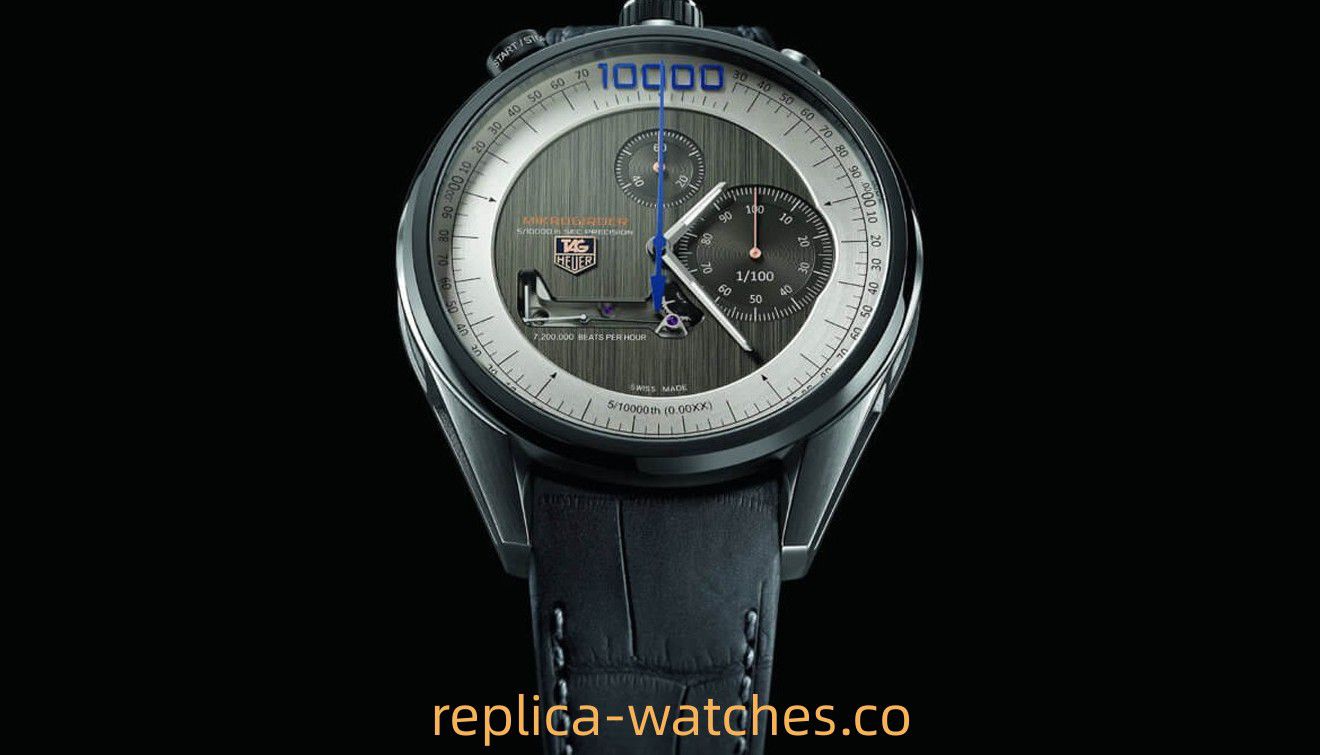
TAG Heuer Mikrogirder watch
Watchmakers followed the example of the Bulova Accutron watch and created a similar high-frequency system but replaced the power source with a mechanical mechanism. To some extent, this is what TAG Heuer thinks. In 2012, the brand launched the Mikrogirder dual-frequency clock and described it as “reshaping the mechanical speed regulating mechanism.” The new fine-tuning system – composed of a connecting beam, an excitation beam system, and a linear oscillator (different from the traditional spiral hairspring), vibrates synchronously at a tiny angle, significantly improving accuracy and performance. The vibration frequency of 1,000 Hz makes the timing accuracy reach 1/2000 second.

Seiko Spring Drive Chronograph Movement
Strictly speaking, the repeater escapement, adjusted for long-term reliability, is also a speed-regulating component. This is the research direction of the Seiko Spring Drive movement. Combining waves and high vibration frequencies has existed since 2012 when De Bethune launched a new speed-regulating mechanism called “Résonique.” At a given frequency, the magnetic escapement enters resonance and maintains a constant frequency. In theory, the results are accurate. The system is still in the prototype stage, but the independent brand is already charting a new direction for the watchmaking industry.
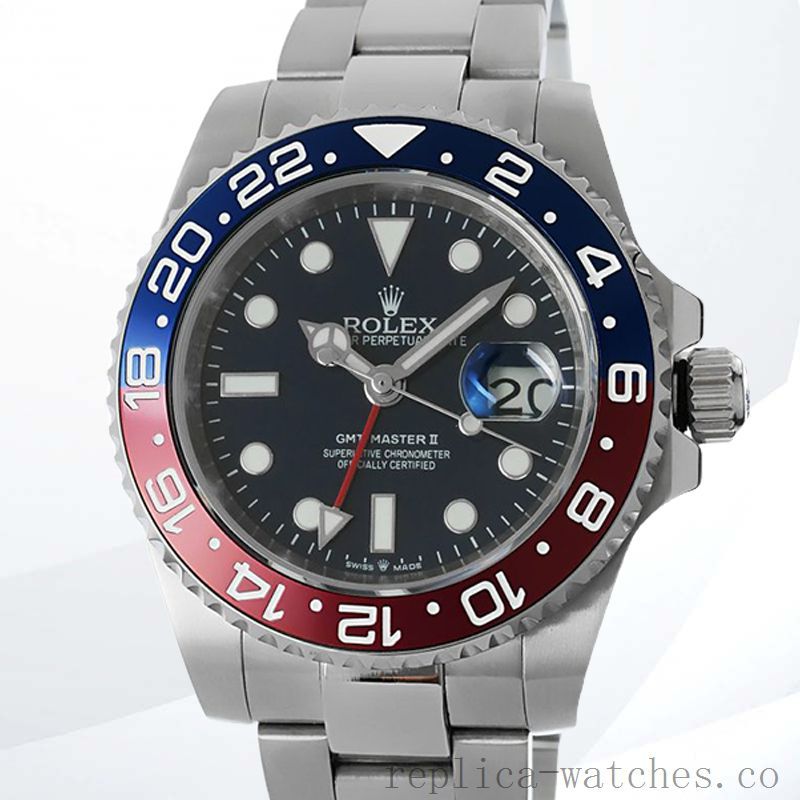
Series: Gmt Master Ii
Model: m126710blro-0002
Engine: Rolex Calibre 2836/2813
Band Color: Silver-tone
Brand: Rolex
Gender: Men’s
Band Length: 20cm
Case Size: 40mm
Band Width: 20mm
